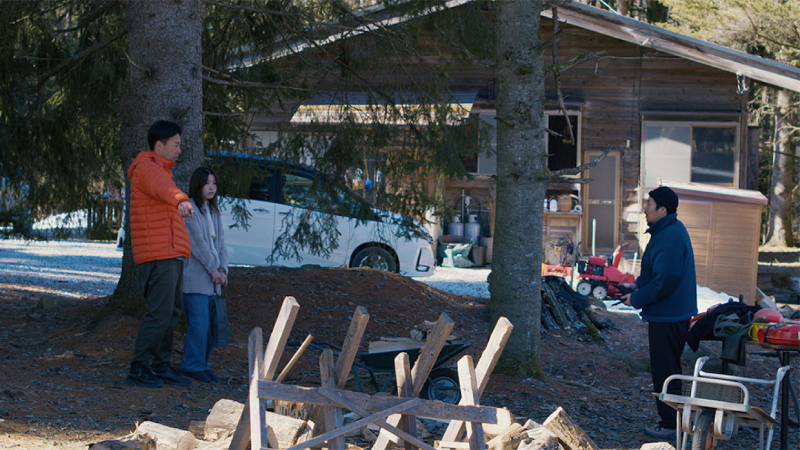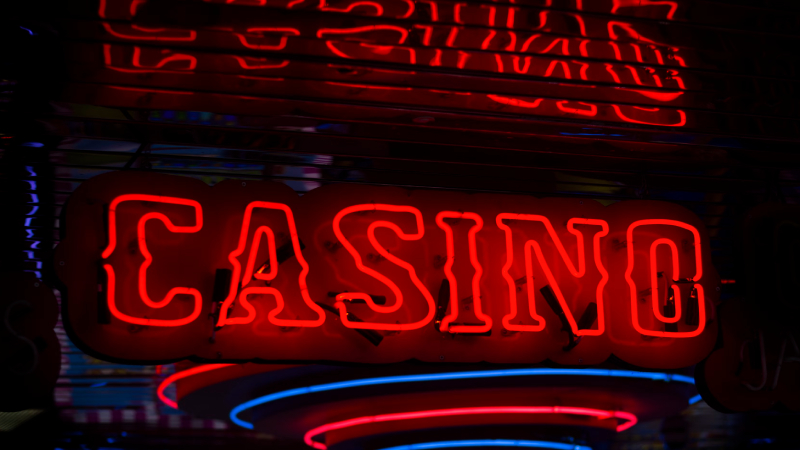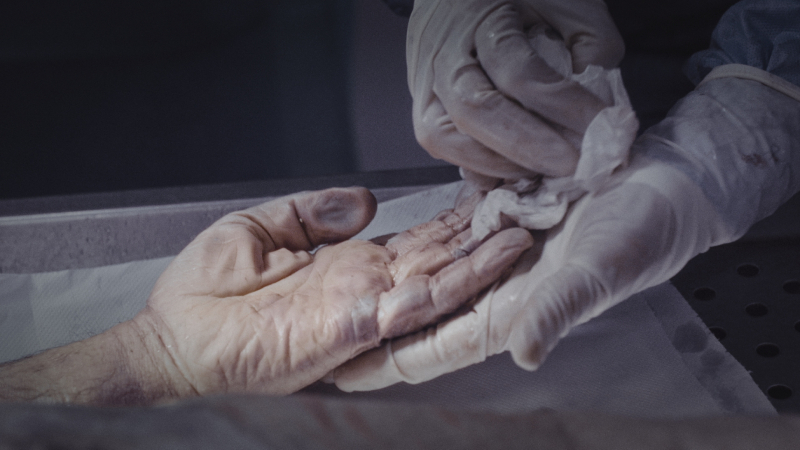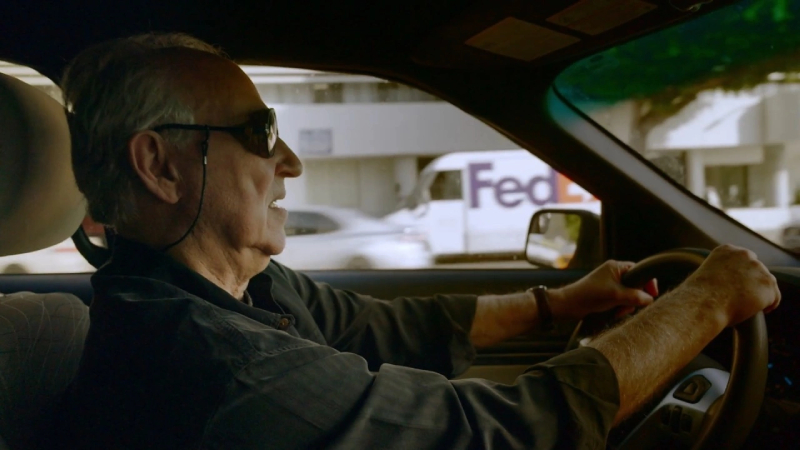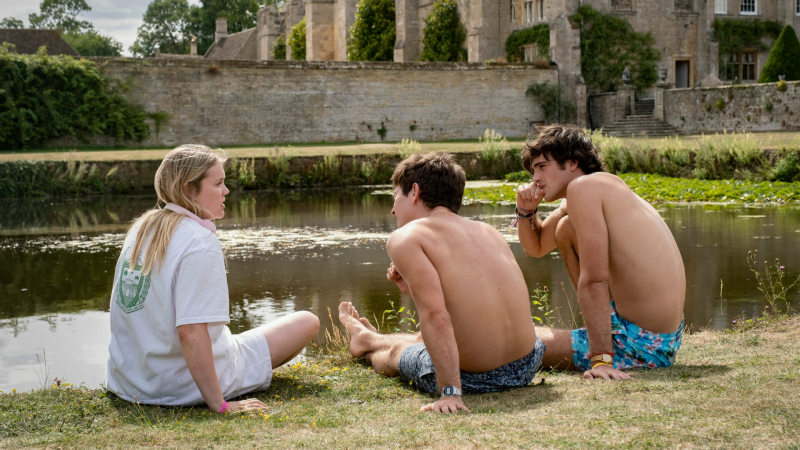QUICK AND DIRTY: LIVE FROM ROTTERDAM
In a country where even upskirting is still widespread (and most victims unable to react because they become paralysed with embarrassment), men routinely assault women with their hand, their gaze and indeed other parts of their anatomy. While I have no figures to hand, I presume this also extends to the filmmaking industry, an environment where males are in full control. There are very few female directors working on Japanese soil, a deeply sexist country where women are routinely discouraged from working at all. It is both commendable and remarkable that 30-year-old actress-turned-helmer Matsubayashi Urara should choose a #MeToo-related topic for her directorial debut. But that’s about it. There’s very little to salvage in this 93-minute drama.
The story surrounds around a young woman called Noeri, who was abused by a famous filmmaker. She finds refuge in an organisation called Blue Refuge, where other sexual assault victims share their experience and provide each other with emotional support. There’s a restaurant inexplicably connected to the group, where a Filipino cook called Jessica prepares food for the rarely seen customers. Jessica has no connection to the rest of the story, and her plot basically involves overcoming racism by cooking her native cuisine. It is as clunky as it sounds. Jessica is one of these characters clearly created for the sole purpose of meeting the requirements of an international co-production (I correctly hazarded a guess that this is a Japanese-Filipino movie long before checking the credits).
Back to the abuse plot. Noeri soon realises that a further two women were raped by the highly prolific sexual offender. They set out to tell the stories to the local newspapers, but the patronising male reporters refuse to write an article “because there is no evidence”. It takes a female reporter before an piece of news detailing the sexual abuse gets published. Meanwhile, the famous director is planning his next movie, with the unwavering support of his Epsteinish male producer. They explain to a group of aspiring actresses that the most important element of good acting is “showing your arsehole in public”. The attentive women laugh along, thereby firmly establishing their victim potential.
The three women gradually gather the strength to confront their rapist, even if their notion of liberation is a far cry from female revenge movies such as Promising Young Woman (Emerald Fennell, 2021), and The Royal Hotel (Kitty Green, 2023). Instead, our three “heroines” tremble with fear, keep their head low in submission, and huddle together like terrified kittens. Naturally, overcoming fear and shame is no easy feat for rape victims. But this representation is barely inspiring. Even Fay Wray looks more empowered.
Overall, the execution of Blue Imagine is very poor. The script is wholly didactic, predictable and dogged with cliches. The acting is shoddy, and the interactions are clumsily staged, often resembling a primary school play. The repetitive piano score desperately tries to inject the story with an extra dose of drama, but instead it just irritates viewers. It gets even worse when one of the victims attempt to literally sing her sorrows, off-key and unaffected. Just give it a miss.
Blue Imagine just premiered at the 53rd International Film Festival Rotterdam.









